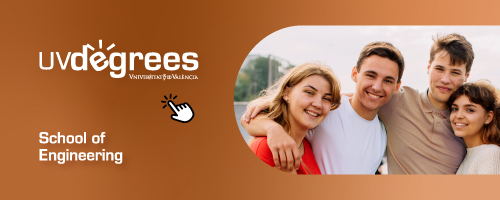
In collaboration with the different Spanish student sections of the IEEE, international association of Electrical, Electronical, Computer and Telecommunications Engineers, with more than 430,000 members in 160 countries, the UV leads the project of the creation of a satellite knew as ESNox-1.
The project brings 54 students of 10 Spanish Universities together for the design, development and building of a nanosatellite based on Arduino. Its creators intend to prove that space technology is available to all and thus they want to inspire students from different educational levels so that their interest for science and technology awakes.
In the National Conference of Student Sections, recently celebrated, ESNox-1 had a high visibility. The students section of the Universitat de València gave an informative talk about the project status that produced great interest. Due to the increasing evolution of the project, the students are working on the layout of a brochure and a development website/blog. Furthermore, the congress and some interviews were recorded in order to make a documentary.
The interest has reached the private sector generating collaboration offers in companies. The greatest contribution will be made by PLD Space (http://pldspace.com) , the European Startup company with seat in Elche. It focuses on the development of space technologies of orbital and suborbital launches for commercial services. They offered to include the satellite for free in the first orbital launch scheduled for 2020, and they are waiting for a confirmation that verifies that there is enough space for their firs suborbital flight next year.
ESNox-1 represents a collaborative initiative that brings together students and professors, and that has 61 members. The principles of the nanosatellite are: the building of a functional prototype, the launching of a prototype to a height of 30,000 by means of a hydrogen balloon and the adaptation of the device so that it meets aerospace and launching standards. The objectives of the project are technological, scientific and educational. From a technological point of view they are working on the automation, the power management, the in-orbit stabilization, the data processing, the sending of information and radiobeacon. In scientific terms, they intend to measure the radiation, to use a ozone particles counter and an atmospheric pressure sensor, as well as the measurement of the Earth’s magnetic field. Finally, at an educational level they will use open code, public collected data, a development blog and the automation of answers to tweets asking for data.
More information: http://links.uv.es/I0VqMh6
Information leaflet: http://links.uv.es/Gbe8NQi
Images:
























